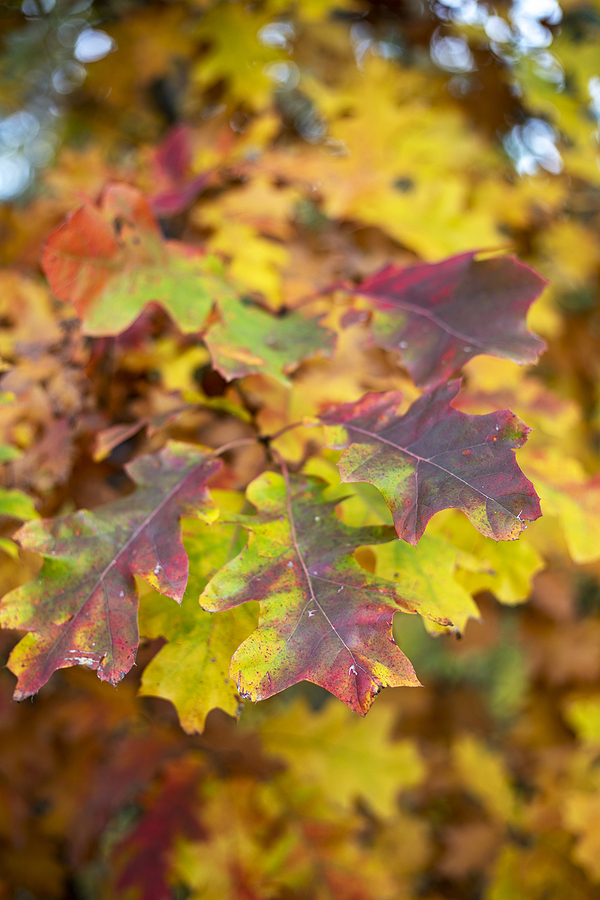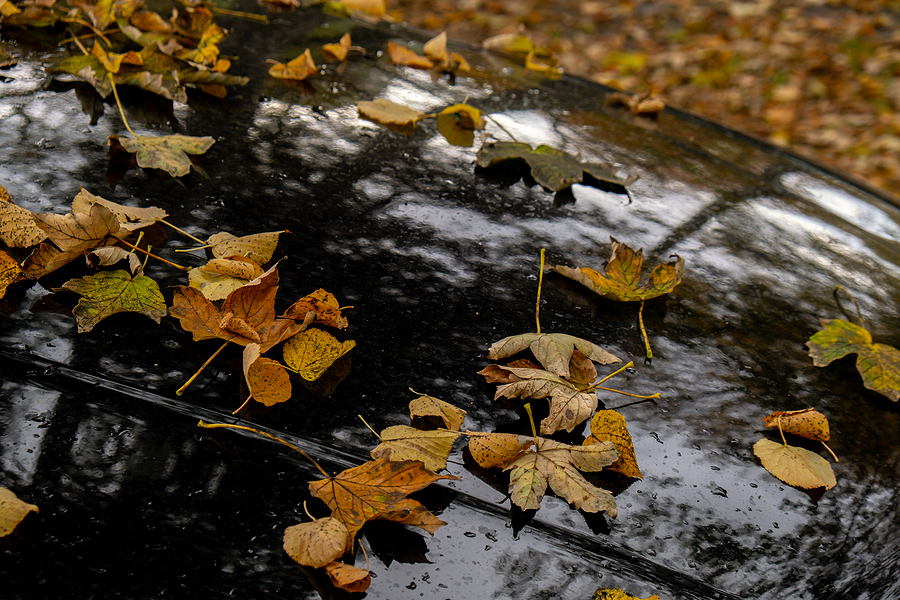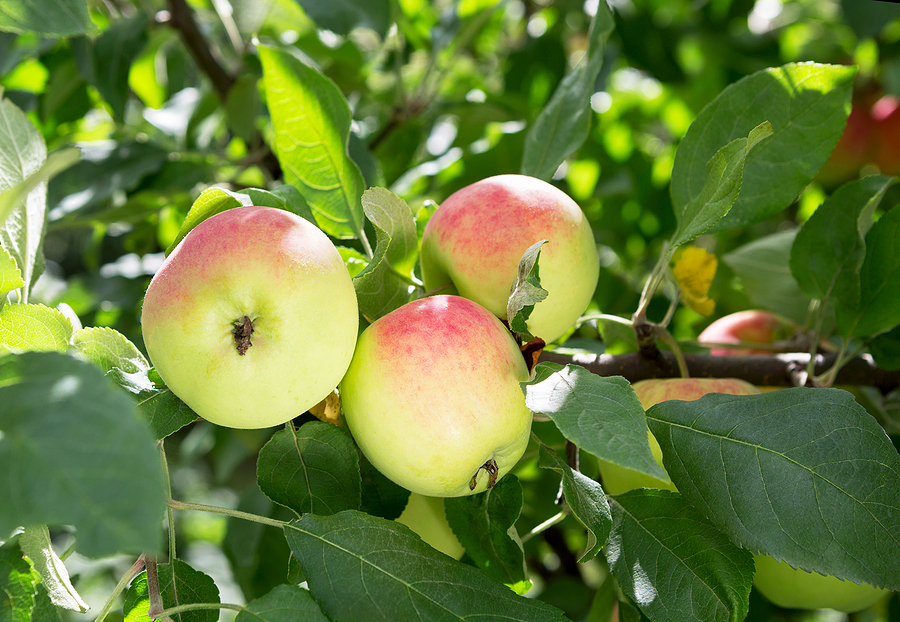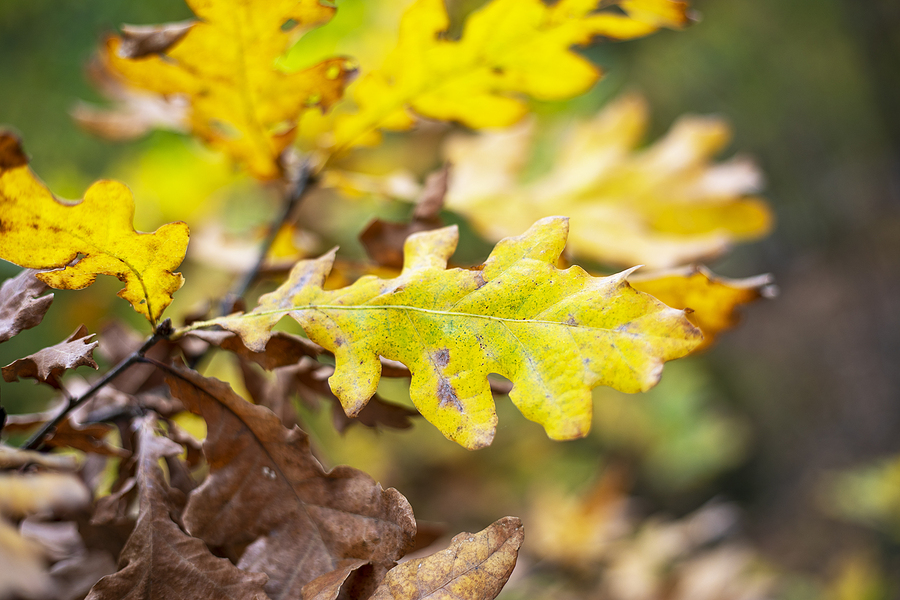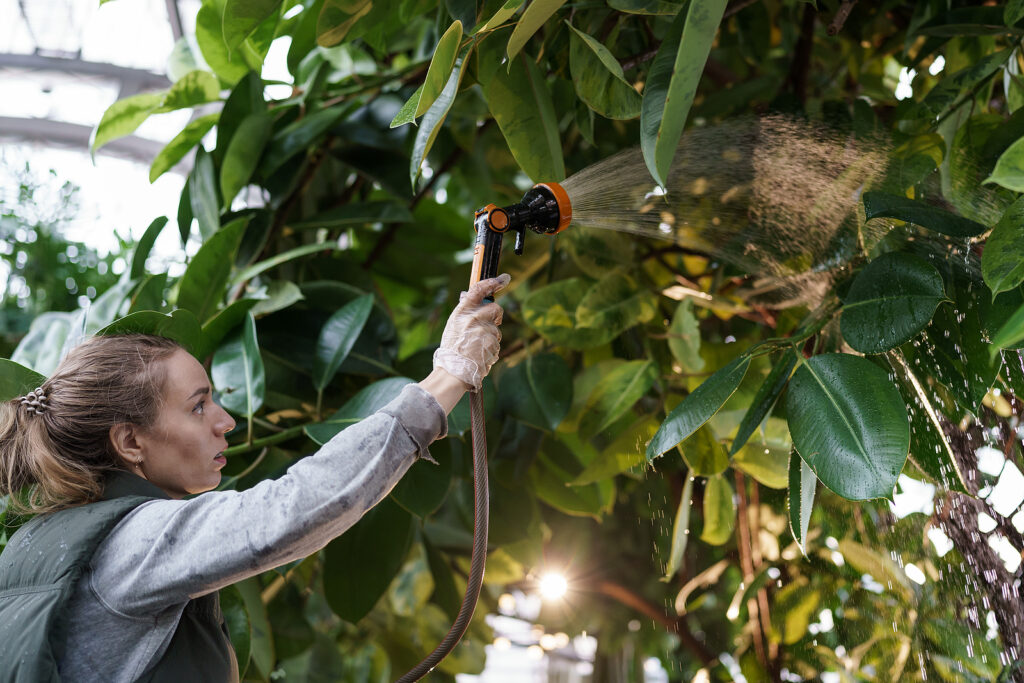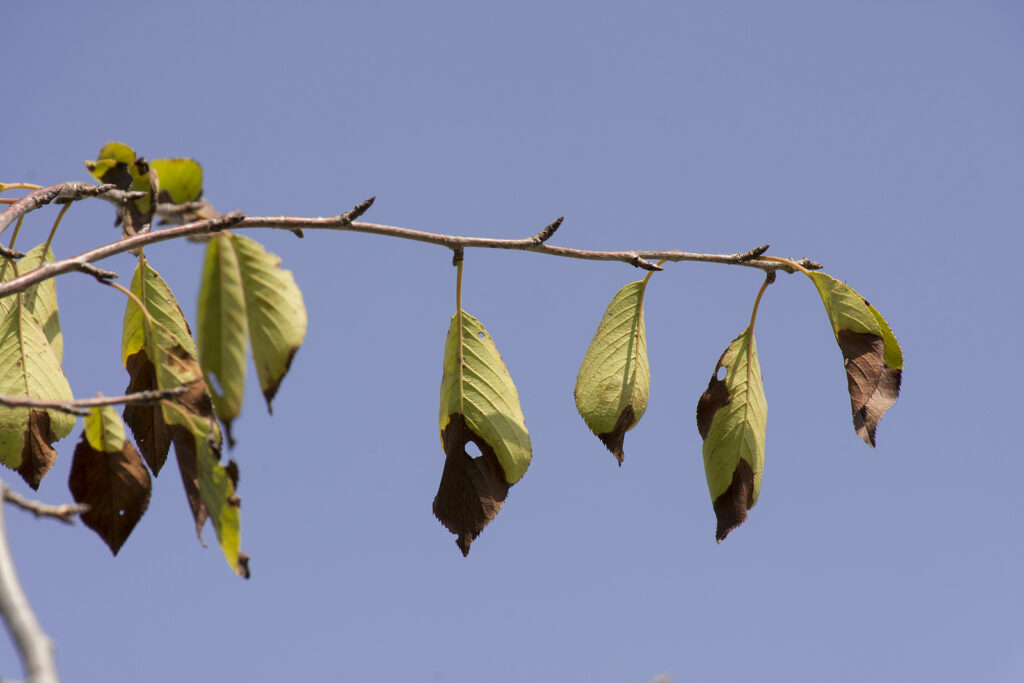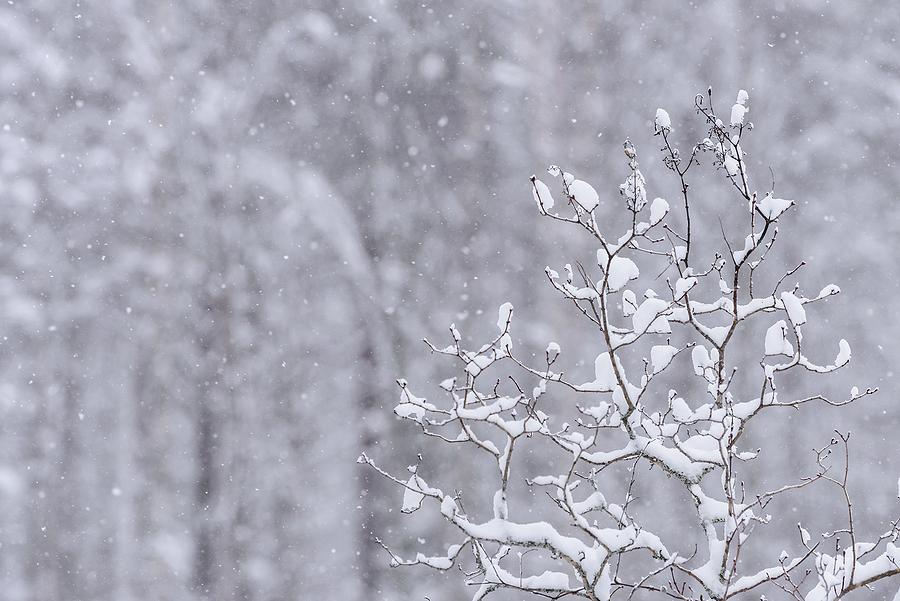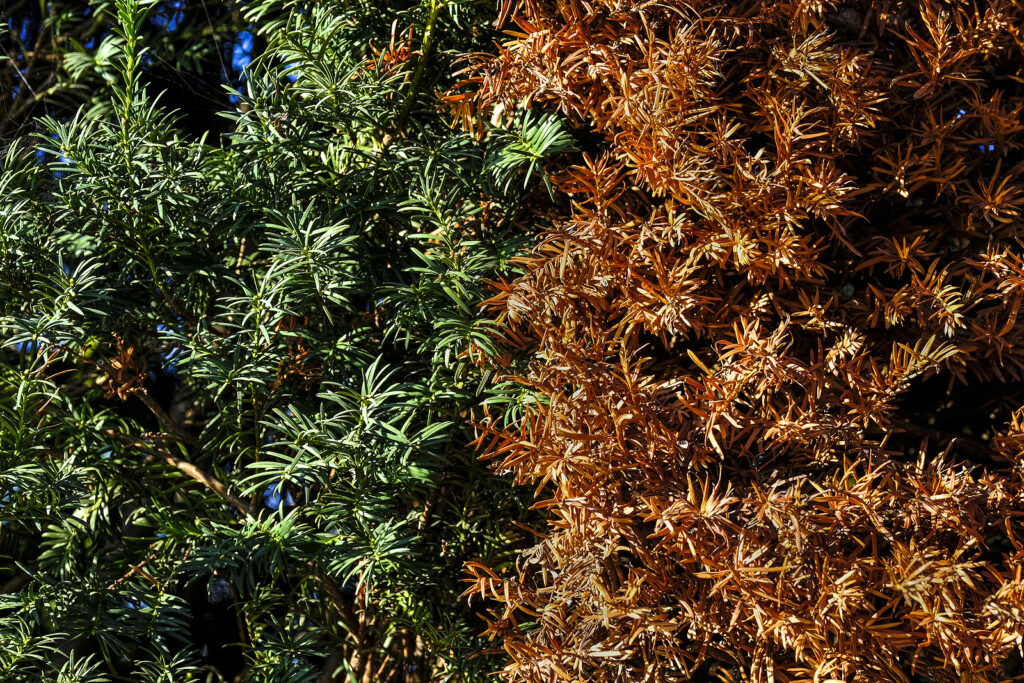Root rot represents one of the most serious threats to tree health, silently attacking the foundation that keeps your trees strong and thriving. This destructive condition occurs when harmful fungi invade the root system, compromising a tree’s ability to absorb water and nutrients. Understanding root rot and fungal growth in trees is crucial for maintaining healthy landscapes and preventing the heartbreak of losing beloved trees to preventable diseases.
When tree roots become infected, the entire tree suffers. The damage often begins underground, making early detection challenging for property owners. By the time visible symptoms appear on the trunk and branches, significant damage may have already occurred. However, with proper knowledge and proactive tree care, you can protect your trees from these devastating diseases and ensure they continue to flourish for years to come.
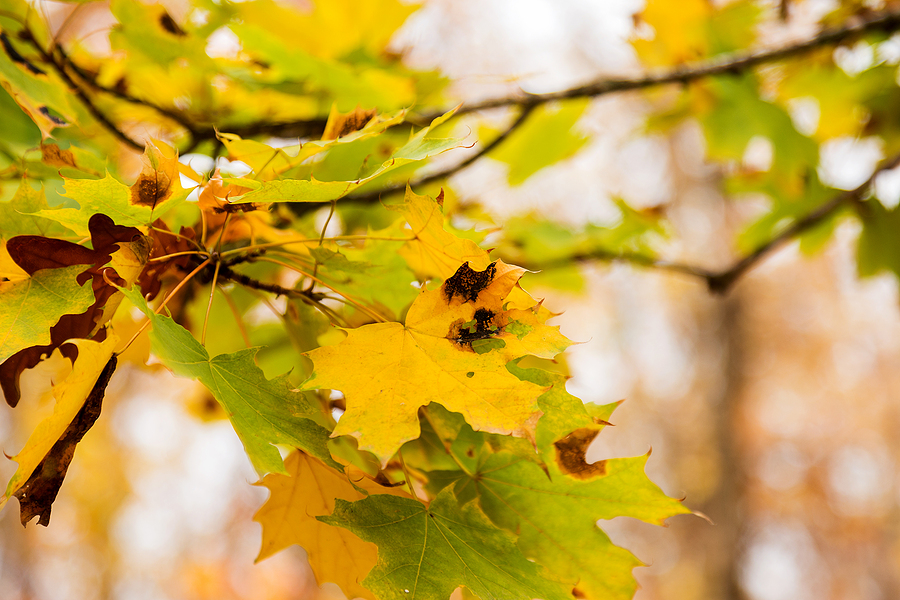
Understanding the Causes of Root Rot
Several factors contribute to root rot development, with fungal pathogens being the primary culprits. Common disease-causing fungi include Phytophthora, Armillaria, and Pythium species. These pathogens thrive in specific environmental conditions, making some trees more vulnerable than others.
Fungal Pathogens and Environmental Factors
Excess moisture creates ideal conditions for fungal growth on trees. Poor drainage, overwatering, and heavy clay soils that retain water can all contribute to root rot development. When soil remains waterlogged, tree roots become stressed and more susceptible to fungal invasion.
Oak trees face particular challenges from Armillaria root rot, commonly known as oak root fungus. This pathogen can persist in soil for years, attacking weakened or stressed oak trees. Apple trees frequently suffer from Phytophthora root rot, especially in orchards with poor drainage or excessive irrigation. Pine trees, while generally hardy, can develop root rot when planted in unsuitable soil conditions or when subjected to prolonged wet conditions.
Temperature fluctuations and soil compaction also stress tree roots, making them more vulnerable to fungal infection. Construction activity around trees can damage roots and create entry points for pathogens, while seasonal changes can weaken a tree’s natural defenses.
Recognizing the Symptoms of Root Rot
Early identification of tree diseases requires careful observation of both above-ground and below-ground symptoms. A sick tree often displays multiple warning signs that indicate potential root system problems.
Visible Signs Above Ground
Discolored leaves represent one of the earliest indicators of root rot. Yellowing, browning, or wilting leaves that appear out of season suggest the tree struggles to transport nutrients from compromised roots. Stunted growth becomes apparent when comparing affected trees to healthy specimens of the same species and age.
Branch dieback often begins at the tree’s crown and progresses downward as the root system continues to deteriorate. Dead branches may remain attached to the tree, creating an unsightly appearance and potential safety hazards. The overall canopy may appear sparse or unhealthy compared to previous growing seasons.
Root System Indicators
Examining the root collar and exposed roots can reveal telltale signs of fungal infection. Healthy tree roots should appear firm and white or light-colored when scratched. Infected roots often appear dark, mushy, or have a foul odor. Black or brown discoloration in the root system indicates advanced fungal damage.
Mushrooms or fungal growths appearing around the tree base signal active fungal activity in the soil. These fruiting bodies represent the reproductive stage of root rot fungi and indicate established infection in the area.
Schedule Routine Tree Service Today! ✨
Prevention Strategies for Root Rot
Implementing proper routine tree care practices provides the best defense against root rot and other tree diseases. Prevention requires attention to watering, soil management, and overall tree health maintenance.
Proper Watering Techniques
Avoid overwatering, which creates the moist conditions that fungi need to thrive. Water deeply but infrequently, allowing soil to dry slightly between watering sessions. This approach encourages deep root growth and prevents surface root saturation that can lead to fungal problems.
Soil Management and Drainage
Well-draining soil is essential for preventing root rot. Heavy clay soils should be amended with organic matter to improve drainage and aeration. Consider creating raised beds or mounded planting areas in locations with persistent drainage problems.
Aerate compacted soil around trees to improve oxygen flow to the root system. Healthy roots need adequate oxygen to function properly and resist fungal invasion.
Mulching and Sanitation Practices
Apply mulch around trees to retain moisture and regulate soil temperature, but keep mulch several inches away from the tree trunk. Mulch touching the bark can trap moisture and create conditions favorable for fungal growth.
Remove infected plant debris promptly to prevent the spread of fungal pathogens. Fallen leaves, branches, and other organic matter from diseased trees should be disposed of properly rather than composted.
Species Selection and Professional Guidance
When planting new trees, choose species known for their resistance to root rot in your specific area. Local climate and soil conditions influence which tree species will thrive and resist disease.
Regular inspections by certified arborists can identify potential problems before they become serious. Professional tree maintenance includes soil testing and species-specific care recommendations that help prevent root rot development.
Treatment Options for Infected Trees
When prevention efforts fail and root rot develops, several treatment approaches can help save affected trees. Early intervention provides the best chance for successful treatment and tree recovery.
Chemical Treatments
Fungicides containing active ingredients like fosetyl-al or propiconazole can help control fungal pathogens when applied properly. Follow product instructions carefully and consider environmental impact when selecting chemical treatments. Professional application often yields better results than homeowner attempts.
Pruning and Root Management
Remove affected branches and roots to prevent further spread of fungus throughout the tree. Sterilize pruning tools between cuts using rubbing alcohol or bleach solution to avoid cross-contamination. Root collar excavation can expose affected areas to air and light, helping to dry out infected tissue.
Soil Amendments and Biological Controls
Improve soil drainage through the addition of organic matter or the creation of raised planting beds. Soil amendments containing beneficial microbes can help compete with root rot pathogens and restore soil health.
Biological control methods introduce beneficial fungi or bacteria to the soil ecosystem. These organisms can suppress harmful pathogens while supporting overall tree health.
Professional Consultation and Monitoring
Certified arborists provide accurate diagnosis and develop tailored treatment plans based on tree species, infection severity, and local conditions. Professional expertise is particularly valuable when dealing with valuable or mature trees.
Long-term monitoring of treated trees helps ensure treatment effectiveness and allows for strategy adjustments as needed. Regular follow-up inspections can catch recurring problems early and prevent widespread damage.
When to Consider Tree Removal
Unfortunately, some trees reach a point where treatment is no longer viable or cost-effective. A dying tree or dead tree removal becomes necessary when the structural integrity is compromised or when the tree poses safety risks to people and property.
Signs that indicate the need for removal include extensive root system damage, significant trunk decay, or failure to respond to treatment efforts. Professional assessment can determine whether a tree can be saved or if removal represents the safest option.
In Summary
Root rot and fungal growth represent serious threats to tree health, but they are largely preventable through proper care and attention. Understanding the causes, recognizing early symptoms, and implementing effective prevention strategies can save your trees from these devastating diseases.
Regular tree maintenance, proper watering practices, and soil management create an environment where trees can thrive while resisting fungal invasion. When problems do arise, early intervention and professional treatment provide the best chance for tree recovery.
Don’t wait until your trees show obvious signs of distress. Proactive care and regular inspections can prevent minor issues from becoming major problems that threaten your landscape investment.
Schedule tree service with Timberland Tree Care to ensure your trees receive the professional, seasonal maintenance they need to remain healthy and beautiful for generations to come. With the proper knowledge and guidance, you can cultivate a landscape you’ll love for years to come.
Related Post: Common Tree Diseases in Indiana and How to Overcome Them

